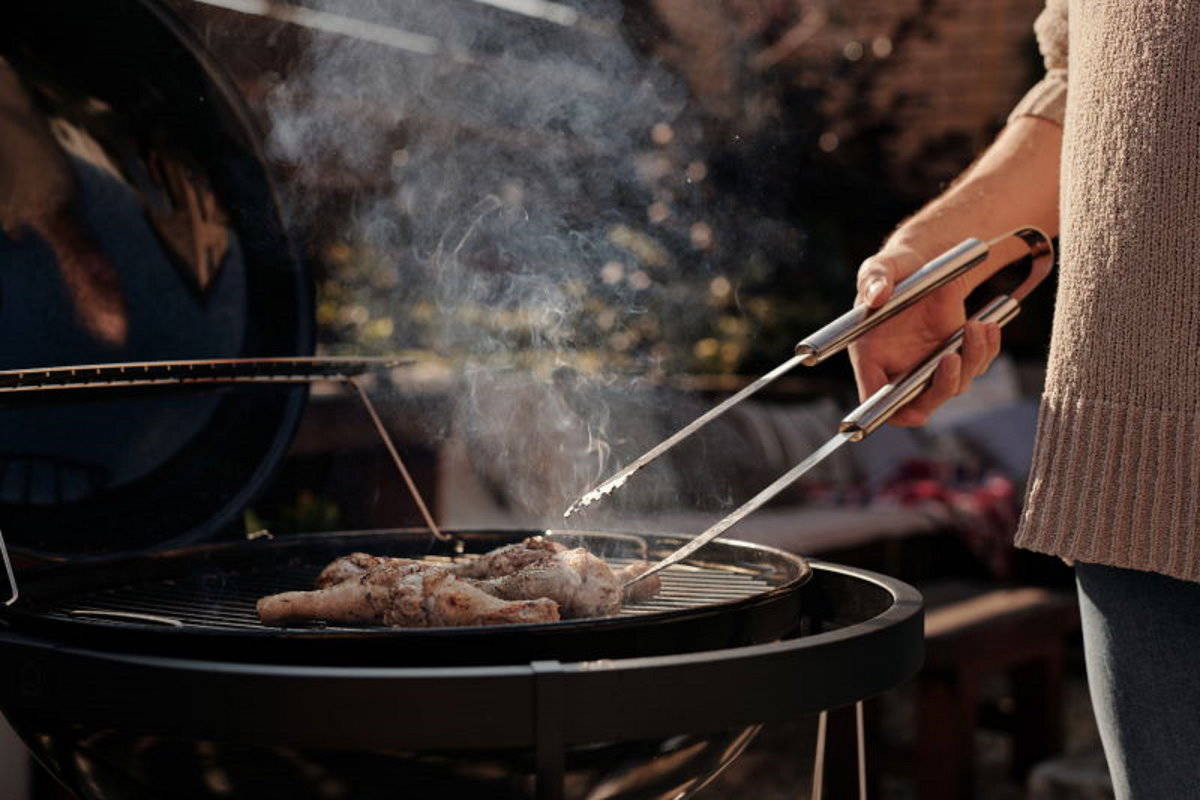
Are Infrared Thermometers Accurate in Cooking?
Temperature control is an integral part of the cooking process. If the temperature is not correct, some types of food would not be safe to consume. You must use tools that enable you to monitor the temperature of the food while it’s cooking to ensure that it is done and that you kill harmful bacteria in the cooking process.
An infrared thermometer is a standard kitchen tool used to monitor food temperature. But how accurate is this tool in measuring food temperature? You will find out the answer in this handy guide.
Table of Contents
Can You Use Infrared Thermometers to Check Meat Temperature?
Table of Contents
Yes. You can use an infrared thermometer when cooking meat. However, you cannot use this tool to measure the internal temperature of the meat. Instead, the infrared thermometer can only estimate the surface temperature of meat and other food types.
A probe thermometer is still your best option to monitor internal meat temperature. Therefore, you must rely on something other than this tool when cooking specific types of meat that must be cooked to a particular temperature. You should use a thermometer that would be more accurate for those.
Are Infrared Thermometers Accurate for Grilling?
The short answer is yes. However, it depends on the type of food you are grilling.
If you are grilling meat, an infrared thermometer is a more accurate tool for measuring the surface temperature of the grill and the meat. It makes you more confident in your grilling results than if you were to hold your hand over the grill or visually inspect the meat.
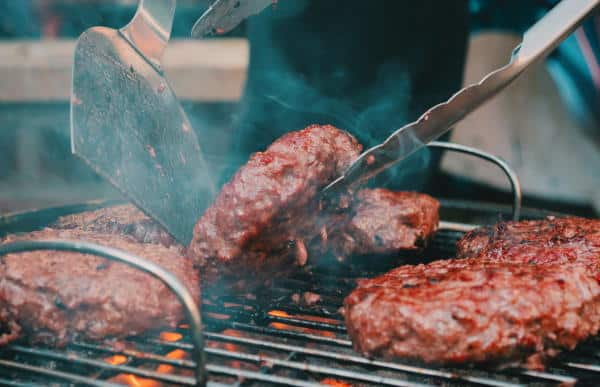
How Do I Know If My Infrared Thermometer Is Accurate?
There are various ways to test the accuracy of an infrared thermometer. While it is incomparable to a probe thermometer when taking the internal temperature of meat, it is still a pretty accurate tool for cooking.
Calibrating an infrared thermometer is a great way to ensure that it can accurately measure temperature when cooking. Calibration is performed in a controlled laboratory environment. If you get your thermometer commercially calibrated, ensure they have proper certification.
Validation is another method of ensuring the accuracy of an infrared thermometer. Validation involves using an instrument that checks the accuracy of an infrared thermometer. If the validation process identifies inaccuracies in the temperature reading, you must send that thermometer for calibration.
Validation is a more essential process for an infrared thermometer than a probe thermometer. The reason is that the former uses many variables when reading temperatures, which require higher accuracy as several factors can impact the temperature reading.
Common Misconceptions About the Accuracy of Infrared Thermometers in Cooking
Infrared thermometers have a gun-like shape that offers an instantaneous surface temperature reading. This tool has many uses in various industries, but its use in the kitchen setting has grown tremendously over the past years.
Those new to using this thermometer for cooking often believe three common misconceptions about its use. It’s time to debunk these misconceptions to know how to use them effectively.
Misconception #1: The laser takes the temperature reading.
The laser is not responsible for reading the temperature of the food when cooking. The laser acts as an indicator of the specific surface that the thermometer is getting a reading of. Since it is different from a probe thermometer that you insert into the meat, you have to accurately point the gun to the correct item for accurate temperature reading.
The use of laser points, therefore, contributes to making your readings more accurate with an infrared thermometer. The diameter of the infrared optics will differ as you get farther away from the object measured.
Misconception #2: An infrared thermometer works on all surfaces.
The type of surface you measure primarily impacts the reading of an infrared thermometer. This factor is something you must consider when using this tool for cooking.
For example, the temperature reading of an infrared thermometer is different when cooking with a cast-iron skillet from that of a stainless steel pan. The different surface types vary in the emitted infrared energy. For example, the temperature reading of a shiny metal pan is higher than a cast iron pan because the former reflects the ambient energy from the cooking surface and the environment.
Misconception #3: An infrared thermometer can read the internal temperature.
An infrared thermometer only measures the surface temperature of the food. Therefore, you cannot rely on it to check the internal temperature of the meat you are cooking. You cannot depend on an infrared thermometer when cooking large pieces of meat, such as a turkey roast or a beef brisket. The external temperature of the meat could be different from the internal temperature.
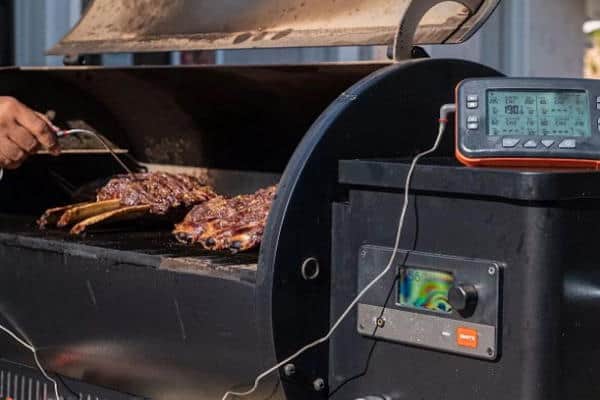
How to Use Infrared Thermometer in Cooking for Better Accuracy
Using an infrared thermometer for cooking requires following specific steps to ensure accurate cooking results. Below is a list of guidelines to help you use an infrared thermometer when cooking:
- When cooking in an oven or on a grill, place the BBQ grate or cast iron skillet into the oven or grill until it heats up. Once the grill or oven reaches your desired temperature, use the infrared thermometer gun to take a temperature reading. Point the thermometer towards the cooking surface and not on the interior of the oven or grill. Wait a few seconds until the temperature reading stabilizes.
- To measure the cookware temperature, you must begin by heating the cookware first. If you’re not cooking with oil or any liquid, apply a non-stick spray to the inside of the cookware before measuring the temperature. If you are cooking with liquid, ladle a small amount and point the gun towards it.
You cannot use an infrared thermometer to measure boiling water. This kitchen tool is not designed to measure the temperature of liquid such as water. The infrared thermometer will confuse the reading with the cooled water vapor from the boiled water.
Other uses for an infrared thermometer in the kitchen include tempering spices, food and beverage temperature inside your fridge, and calibrating the freezer and fridge temperature.
One Comment
Comments are closed.
Discover Other ChefsTemp Products
Discover more recipes and learn kitchen tricks by joining our cooking family on Facebook.
You may also like:
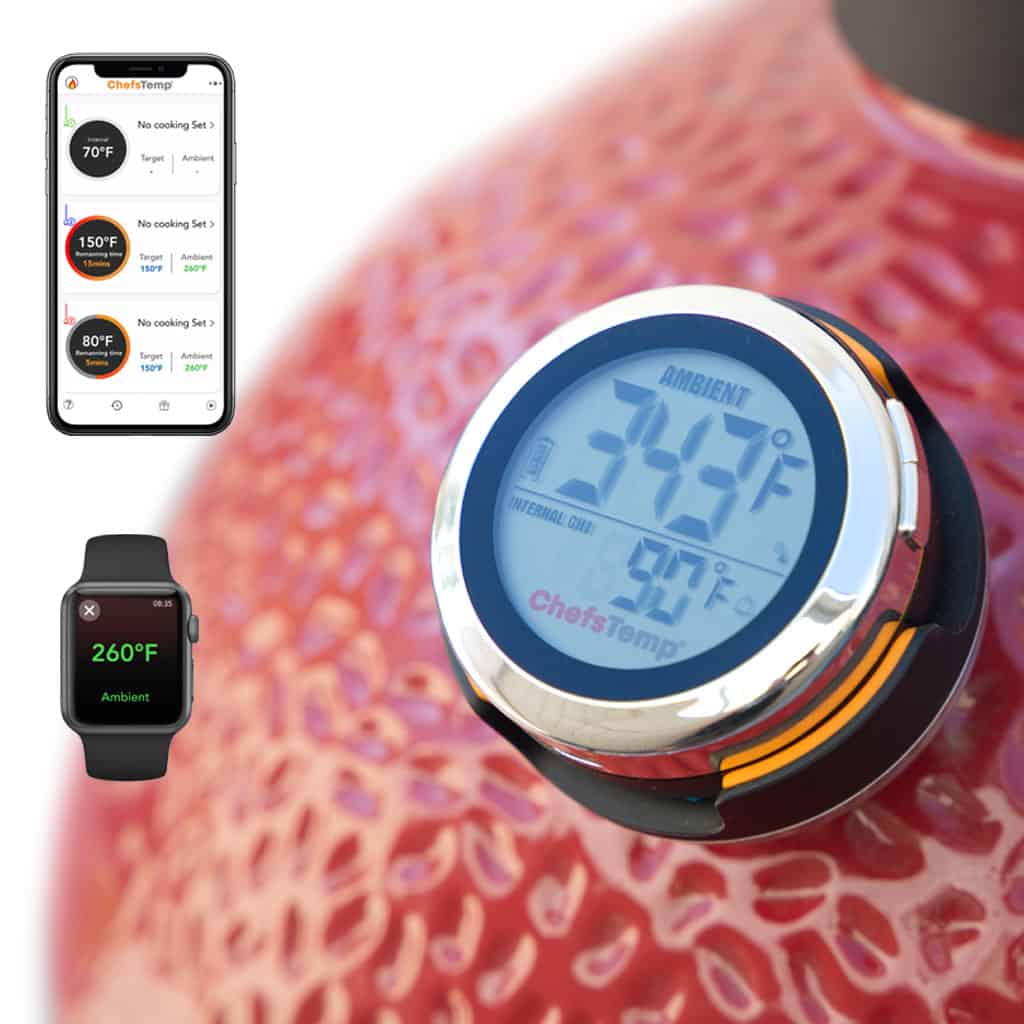
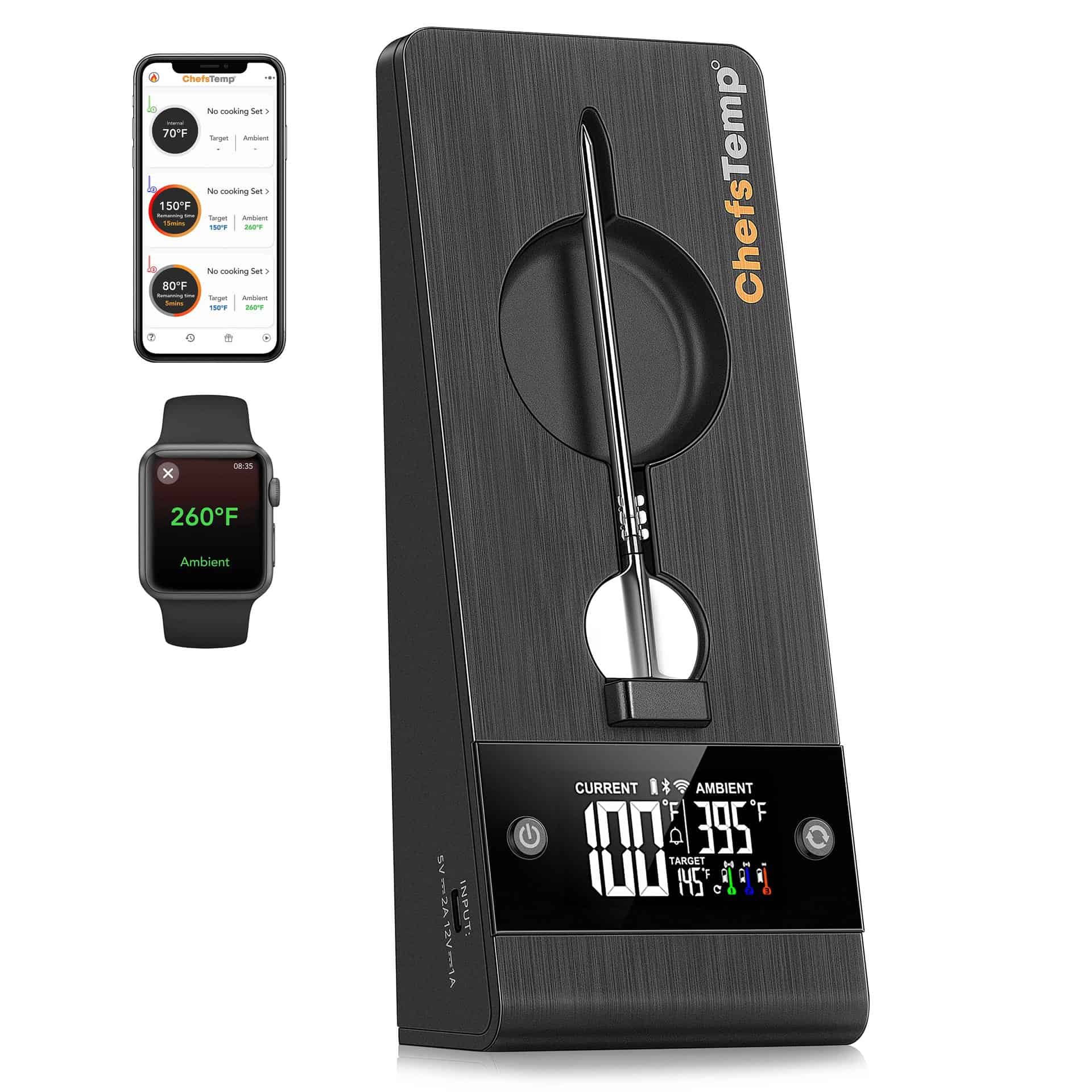
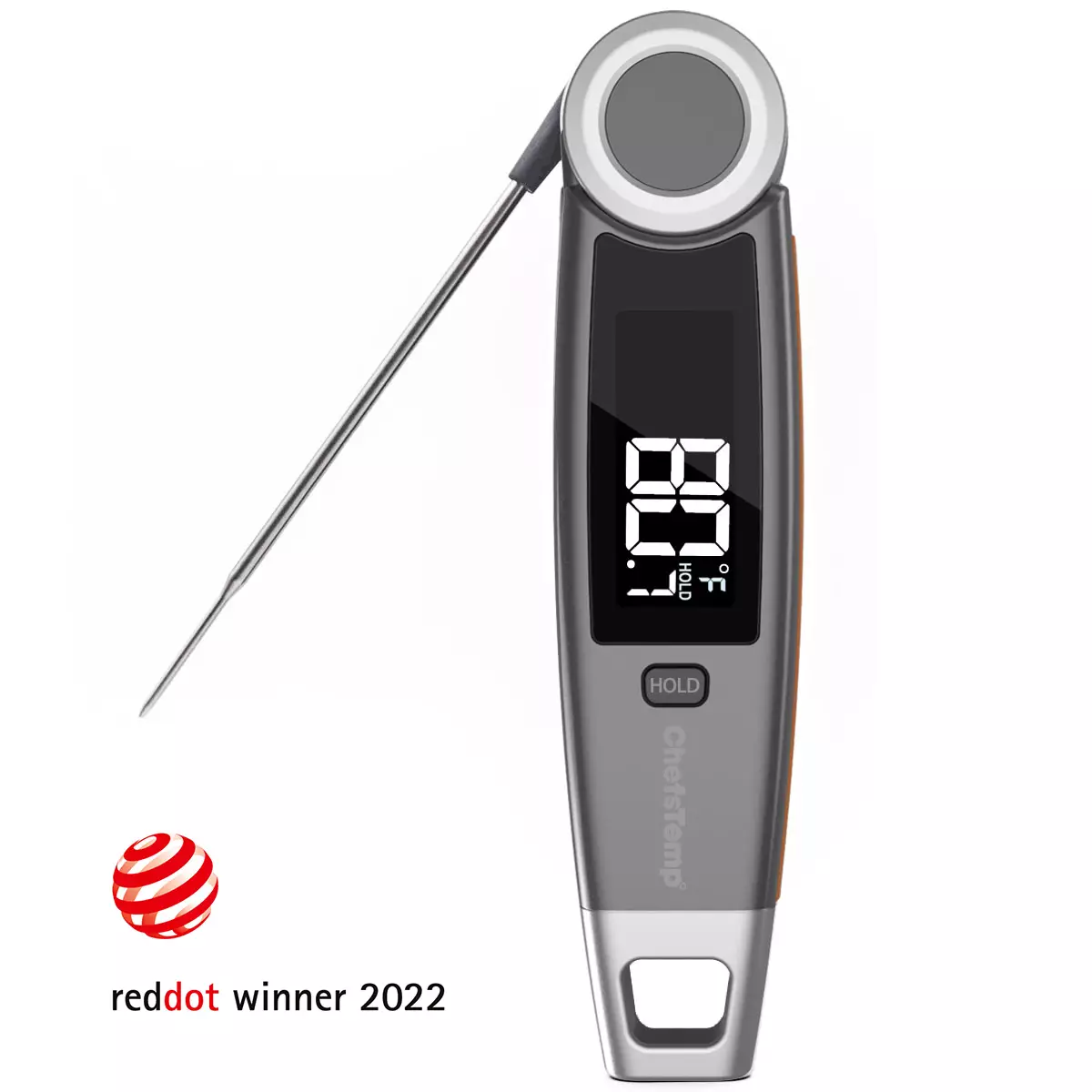
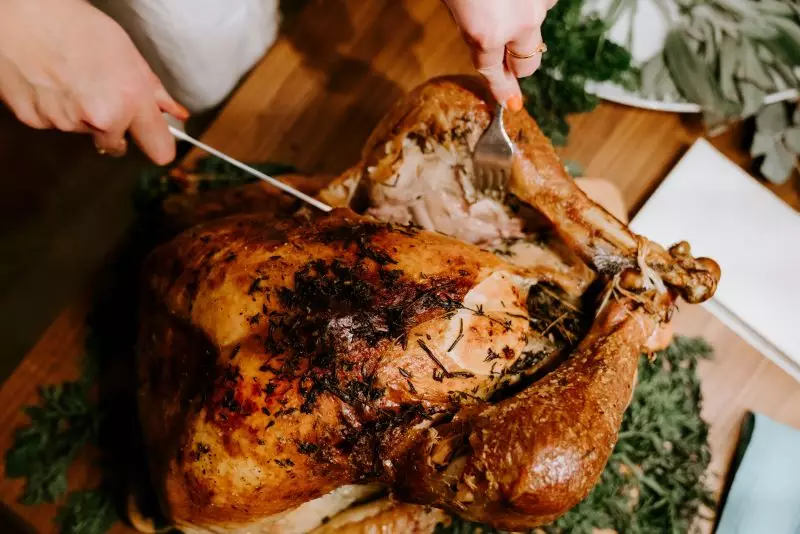
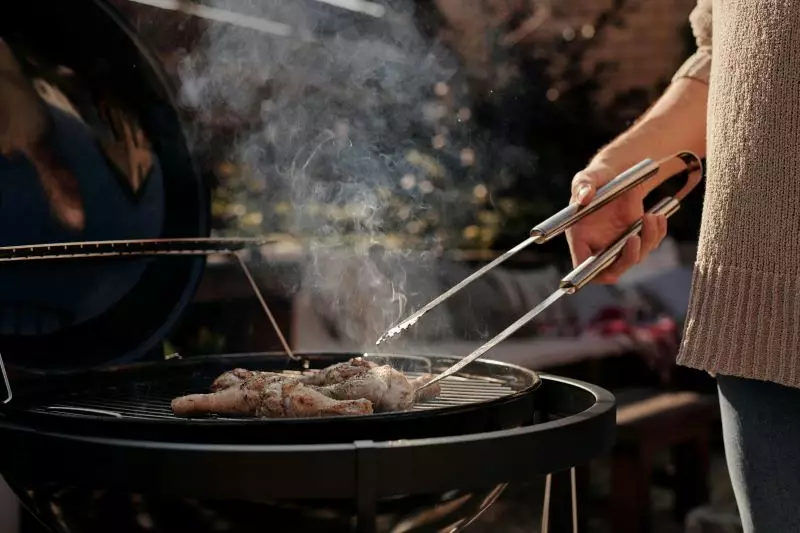
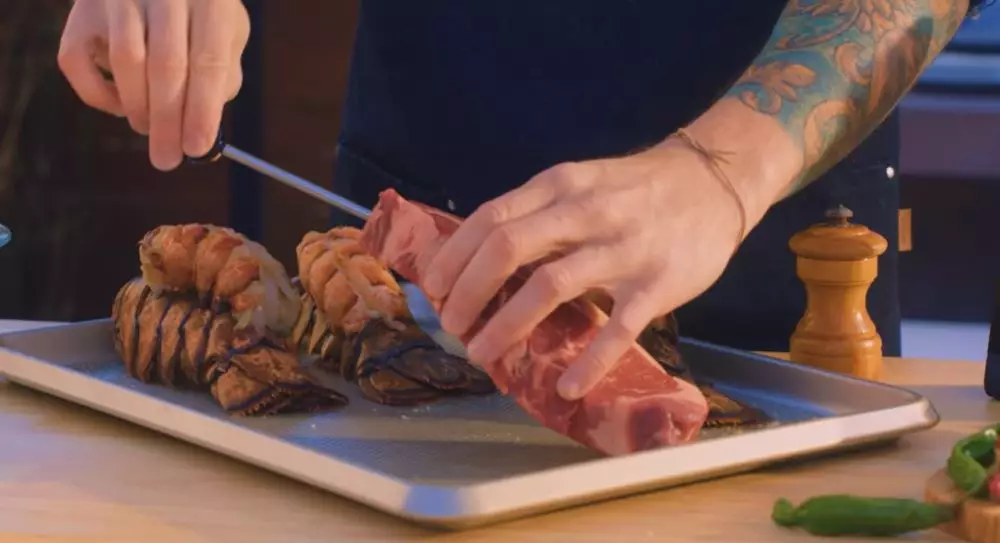
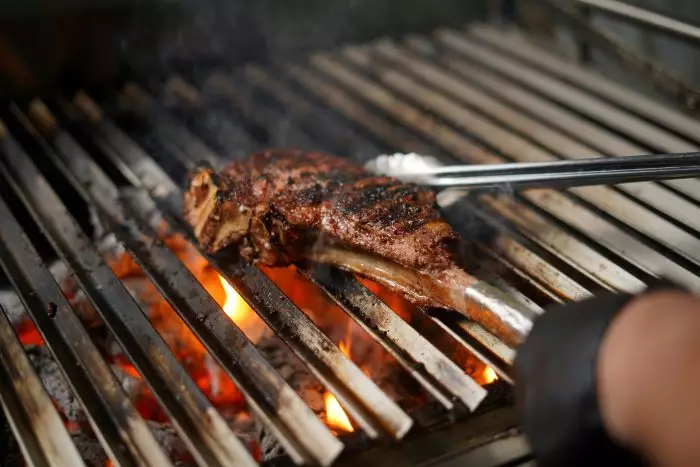
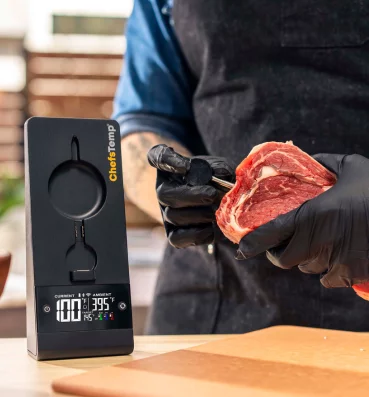


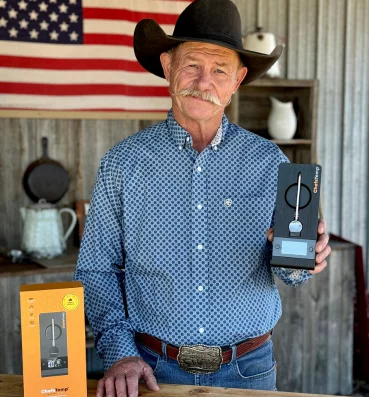
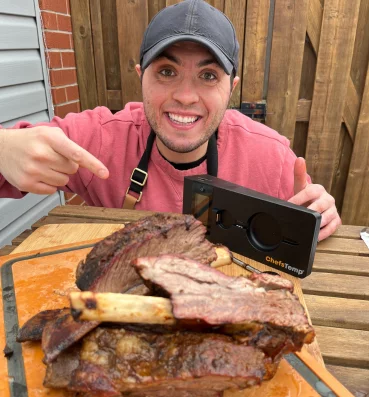
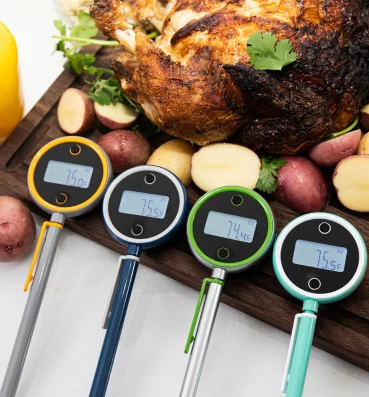
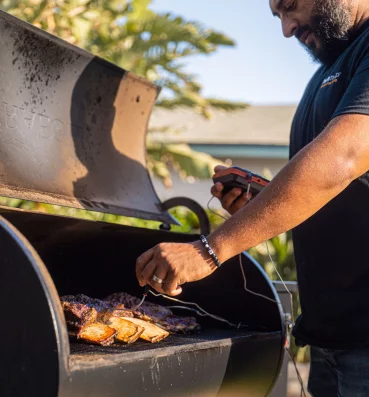
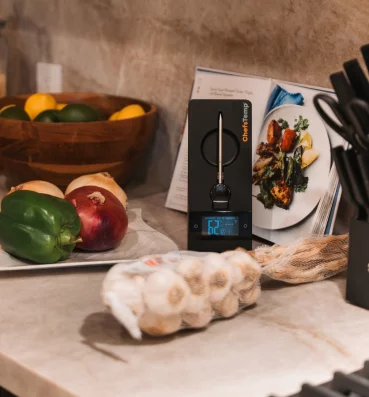

[…] the accuracy of infrared thermometers when cooking is impacted by three […]